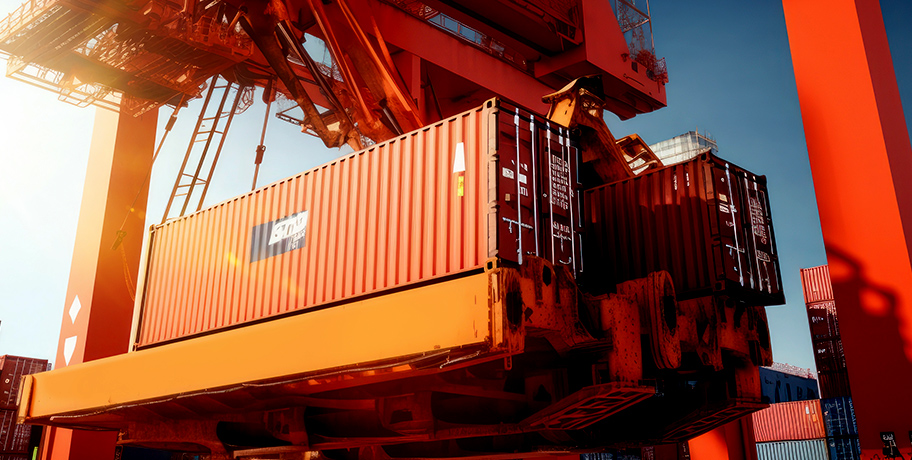INTERNATIONAL ROADCHECK IS ALMOST HERE: WHAT THAT MEANS FOR CARRIERS
May 10, 2022
International Roadcheck is Almost Here: What That Means for Carriers
Between May 17th – 19th, carriers will undergo special inspections by local law enforcement across North America. This annual three-day period is also known as the “International Roadcheck” event organized by the Commercial Vehicle Safety Alliance (CVSA).
This year’s inspection is focused on wheel ends, the components that support heavy freight, maintain stability, control and are vital for braking. Part of the wheel ends includes the wheels, rims, hubs and tires. These North American Standard Inspections will take place at weigh and inspection stations, on roving patrols and at other temporary inspection sites. Wheel end violations have accounted for 25% of vehicle out-of-service violations discovered during past years of this event.
While focusing on wheel ends during the inspections, inspectors will check for:
- Cracks or unseated locking rings, studs or clamps
- Bent, cracked or broken rims on the inside and outside of the wheel rims
- Loose, broken, missing or damaged wheel fasteners and elongated stud holes
- Spoke wheels for cracks across spokes and in the web area or slippage in the clamp areas
- Hub for lubricant leaks, missing caps or plugs
- Inner wheel seal for leaks
This list is not exhaustive. Carriers should prepare well in advance to ensure passing the CVSA inspections. In the next week, carriers should conduct thorough cab and trailer inspections to fix any issues they find.
The below list from the CVSA helps carriers for a successful inspection during the International Roadcheck event. There are many sections to inspect but carriers can begin with the following:
- Check tires for proper inflation, cuts and bulges, regrooved tires on steering axle, tread wear and major tread groove depth
- Inspect sidewalls for improper repairs, exposed fabric or cord, contact with any part of the vehicle and tire marking excluding it from use on a steering axle
- Check for missing, non-functioning, loose, contaminated or cracked parts on the brake system
- Check the safety devices for sufficient strength, missing components, improper repairs and devices that are incapable of secure attachment
- Check fuel tanks for loose mounting, leaks, missing caps and signs of leaking fuel below the tank
- Inspect for corrosion fatigue; cracked, loose or missing cross members; cracks in frame; missing or defective vehicle parts
- Inspect the suspension for indications of misaligned, shifted cracked or missing springs; loose shackles; missing bolts; unsecured spring hangers and cracked or loose U-bolts
If inspectors find any out-of-service violations, carriers will be restricted from travel until such violations have been addressed. Carriers that successfully pass the inspection may receive a CVSA decal, allowing the carrier to not be inspected for the following three months when the decal is valid.
We want every vehicle on our roadways to be in proper working order for the safety of the driver operating that vehicle and everyone traveling on our roadways,”
Law enforcement personnel will conduct inspections following their departments’ health and safety protocols, in consideration of COVID-19. Since 1988, the CVSA has conducted over 1.4 million inspections, with on average 15 trucks or buses inspected every minute during the three-day period.
Recent Posts

Dry Van Shipping: Back To Basics

What is a Bill of Lading?

